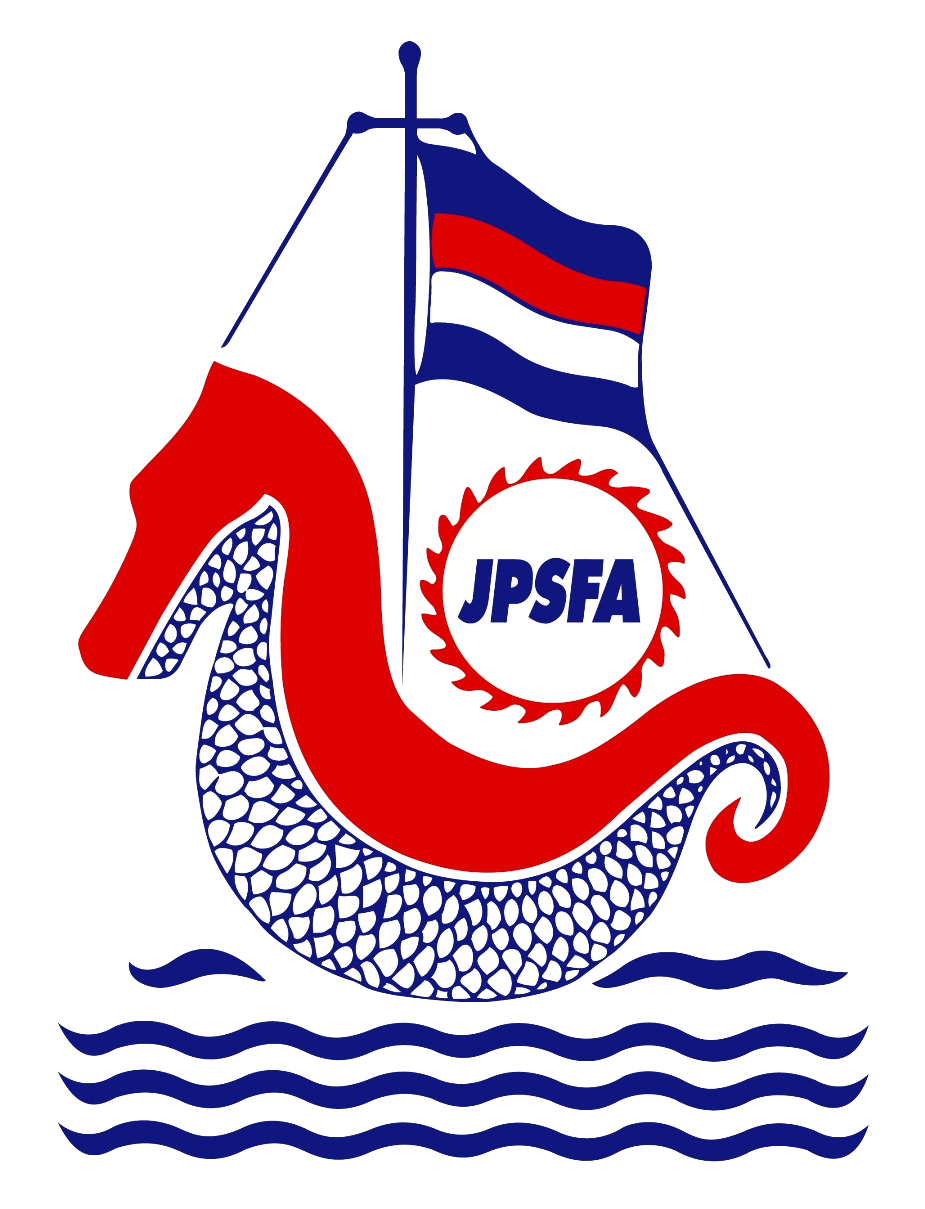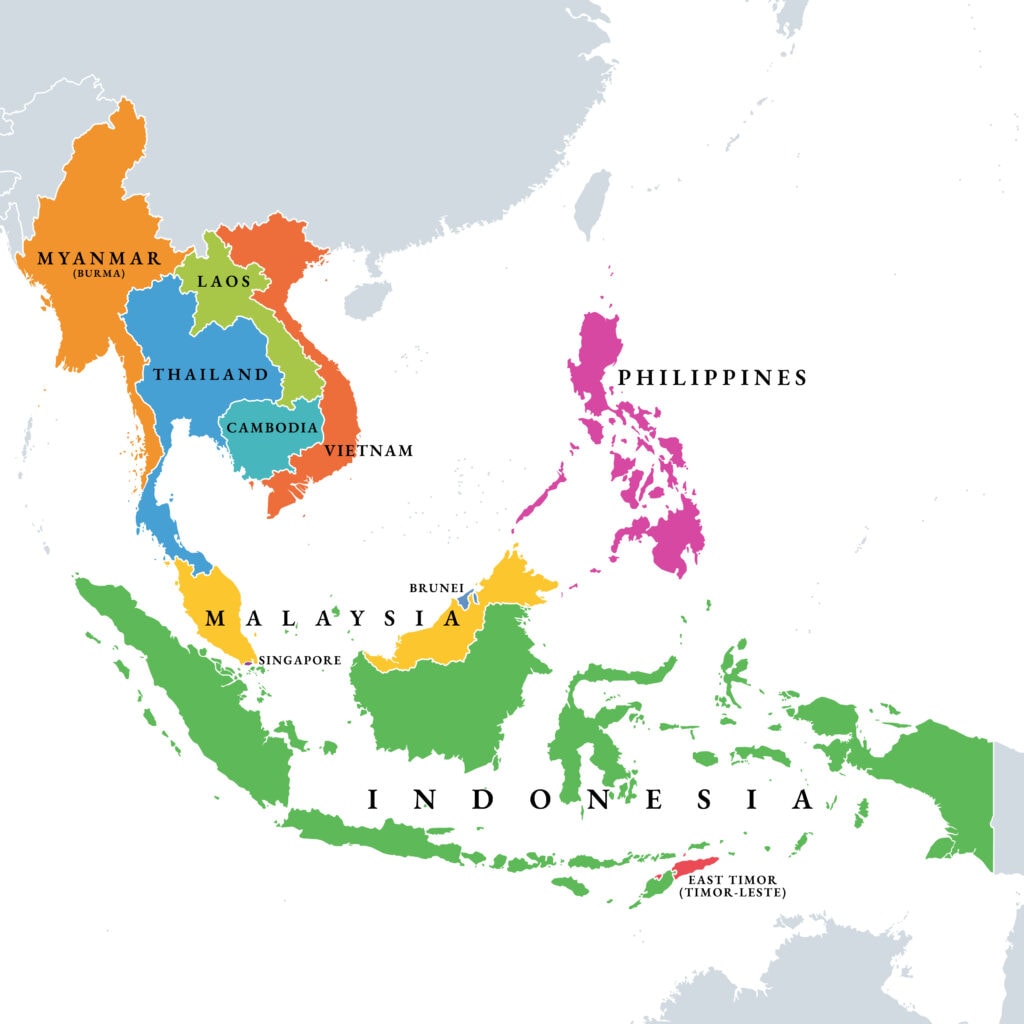Southeast Asia is growing as a driving force in global trade. Its logistics sector has faced several stress tests in recent years. Here’s one factor that can make a difference.
Southeast Asia has long been the go-to area for manufacturers seeking cost-effective solutions to cut production costs and remain competitive. And now, countries like Indonesia, Thailand, Singapore, and Vietnam are upping their game to create a more efficient supply chain capable of handling even more goods.
This change is being driven by the continuing rise of the global ecommerce sector and an increasingly sophisticated and demanding consumer base.
New Normal Emerges
The shift is a legacy of the Covid-19 pandemic, when traditional, physical shopping was abruptly halted by lockdowns. Consumers were driven online, putting the supply chain under more stress than ever before. And when the pandemic ended, a new normal emerged—one in which consumers with more expendable income continued and increased their web-based purchases.
The ecommerce boom in Southeast Asia is driving significant changes in the logistics sector. As the region continues to develop its infrastructure and adopt new technologies, the logistics industry will play a crucial role in supporting the growth of ecommerce. Companies that can navigate the region’s unique challenges and leverage technological advancements are likely to succeed in this dynamic market.
Overcoming Hurdles
As a major manufacturing hub, Southeast Asian region faces a number of logistical hurdles as it vies to keep up with demand. The region needs five times the space for logistics than is currently available to tackle the current supply-demand imbalance, according to a report by Knight Frank.
That is compounded by a shortage of available infrastructure, forcing logistics players and third-party logistics (3PL) providers to seek innovative solutions to use the limited resources they have more efficiently.
As a result, the sector is now in a state of flux with players coming and going.
Over the past few years, a number of bigger companies have set up shop while several smaller operations have expanded their horizons and shored up their operations as they look to weather the storms that lie ahead. That means they need the right support for their supply chains—be it freight forwarding, warehousing, project logistics, and more—in a fiercely competitive market.
Some companies bring their own logistics setups and supply chains with them for new large-scale projects. However, what might have worked for them elsewhere—like Europe—will not necessarily be the right model for Southeast Asia. The region’s logistics sector is notorious for its complex laws and regulations, not to mention compliance issues, which can present challenges to getting local projects off the ground.
Infrastructure Investments
The region is ramping up its facilities and capabilities, including expansions to ports, roads, and warehouses.
Construction is underway in Malaysia for the Pengerang Energy Complex, Kuala Linggi International Port expansion, and the Batu Kawan Industrial Park 3. Malaysia’s biggest port operator, Westports Holdings Bhd., is also considering external strategic investors to help fund a 39.6-billion-ringgit ($8.3-billion) expansion that will see capacity nearly double in coming decades.
Singapore is building what will be the world’s largest automated terminal when its Tuas Port is completed in 2040 at an expected cost of S$20 billion ($15 billion).
With traffic volumes forecast to exceed the Straits’ capacity by 2030, Thailand has proposed bypassing the shipping lane entirely, with a plan to build a $28-billion 62-mile ‘land bridge’ that will link two seaports and cut travel time by four days. The Thai government has also announced plans to invest a further US$19 billion in 150 infrastructure projects, amongst which is the Thai-Chinese mega high-speed railway which will connect Nakhon Ratchasima to Nong Khai, as part of the Belt and Road Initiative (BRI).
Meanwhile, since the start of its “Build-Better-More” program, the Philippines inaugurated the Samar Pacific Coastal Road project in July 2023, and more projects are due for completion including the Malolos Clark Railway in 2024 and Bulacan International Airport to decongest Ninoy Aquino International Airport in 2027.
One Key Piece of the Puzzle
There is one vital ingredient to the recipe for success that should not be forgotten: experience.
The complexity of local laws means that a project in Kuala Lumpur will have very different requirements from those in East Malaysia, where restrictive immigration laws present challenges for the free flow of foreign manpower and expertise. This, in parallel with East Malaysia’s poor infrastructure, makes new players reluctant to venture into the area.
Having a well-established local logistics partner with a sound understanding of local laws and regulations can make the difference between success and failure in keeping projects and the cargo they need moving seamlessly.
Reference : https://www.inboundlogistics.com/articles/solving-the-southeast-asia-logistics-puzzle/

